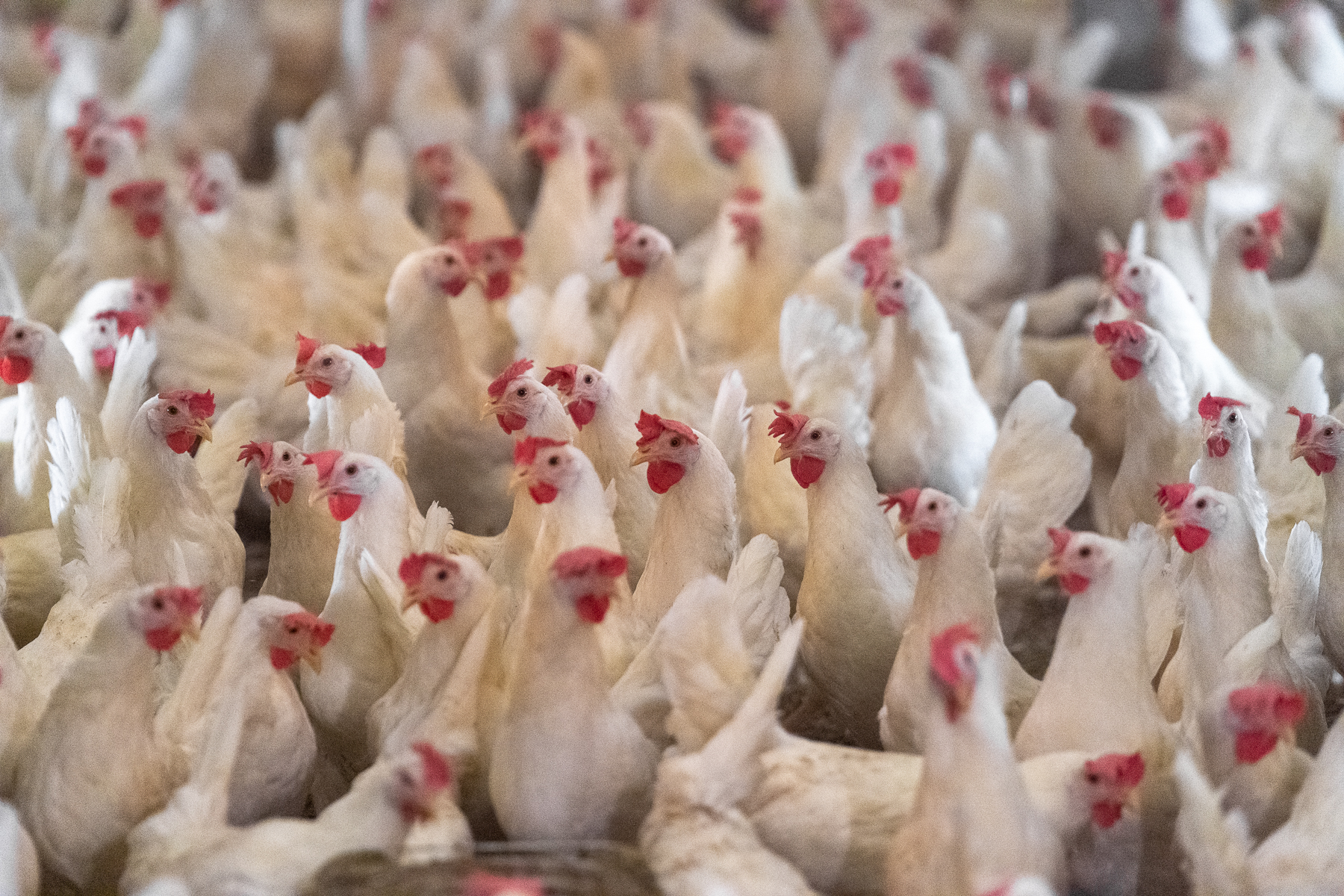Antibiotics have revolutionized human and animal health since they underwent considerable democratization during the second half of the twentieth century. However, following their extensive use, antibiotic resistance has become one of our greatest health challenges. Antibiotic treatments more often lead to therapeutic failure, making bacterial infections more and more difficult to combat in humans and animals. In this regard, the latest published numbers estimate the global burden associated with bacterial resistance to antibiotics to be 5 million human deaths in 2019, to the extent that an antimicrobial resistance indicator has now been incorporated in the United Nation’s Sustainable Development Goals. According to this indicator, the median rate of E. coli resistant to third generation cephalosporins in bloodstream infections was 36.0% in 2019 (across 49 countries).
One health approach
The responsible use of antibiotic is instrumental to better control antibiotic resistance globally, as exemplified by the One Health approach which connects human, animal, and environmental health. As the EU aims at playing a central role in fighting antibiotic resistance globally, additional regulations have been recently implemented.
We have created a digital brochure withtips and tricks to embrace the new EU antibiotic restrictions for food producing animals from 2022 onwards.
Regulation (EU) 2019/6, which applied on 28 January 2022, is the latest update of the EU regulatory framework concerning antibiotics for veterinary use.
The following measures were introduced to reinforce the engagement to reduce the use of antimicrobials for farm animals by 50% by 2030 in the EU:
Local laws in the different EU member states will be adopted in line with this updated regulatory framework.
Which impact has this law practically?
Summary of the implications: No antibiotic stock on farms, which implies slower responsiveness to implement antibiotic treatment and higher risk of economic loss before action is taken. A need for effective interventions, other than antibiotics, is created, an opportunity for health supplements, such as probiotics in case of first diarrhea signs.
The following points summarize some of the practical changes brought by regulation (EU) 2019/6 as of 28 January 2022:
1. Strong restrictions on prophylactic us of antibiotics in groups of animals
The preventive use of antibiotics to treat groups of animals is no longer allowed. Indeed, this excludes antibiotic prophylaxis in many farm animal production systems for which group housing is the rule, such as poultry production.
However, individual administration remains possible, as well as administration restricted to limited number of animals (e.g. confirmed diagnosis in a pig and evidence of close contact with other pigs in the herd, when infection outcome is expected to be severe).
2. Restrictions on metaphylactic use of antibiotics
The new regulation also aims at reducing the metaphylactic use of antibiotics. Metaphylactic treatments are only possible when the risk for the bacterial infection to spread in groups of animals is high and no other suitable alternatives is available.
Consequence: Growing need to reinforce prevention of infections
3. No prescription of antibiotic is possible without physical examination
Prescriptions of antibiotics are more controlled as they are only possible after a clinical examination by the veterinarian. No antibiotic can be prescribed without evaluating the animals, which prohibits the prescription of antibiotics remotely. Additionally, no antibiotic can be prescribed to compensate lack of hygiene or poor herd management.
4. Limitations on the amount of antibiotic supplied
When appropriate, the amount of antibiotic prescribed needs to be in line with the duration needed for the therapy following usual recommendations. This restricts the possibility to have antibiotic stocks on farm that might be used before clinical examination.

A well-chosen probiotic strain can naturally increase gut health and be used in a preventive strategy for diarrhea control or other gut health challenges. Even when diarrhea or other challenges are present, a therapeutic dosage of a probiotic an do the trick.
© Kemin Industries, Inc. and its group of companies 2026 all rights reserved. ® ™ Trademarks of Kemin Industries, Inc., USA
Certain statements may not be applicable in all geographical regions. Product labeling and associated claims may differ based upon government requirements.